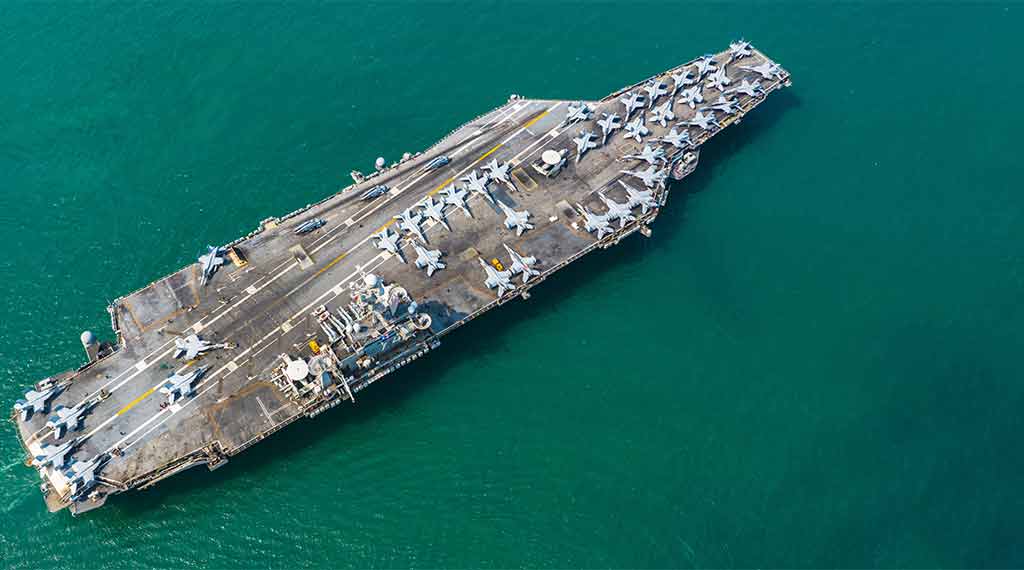Sinking a US Navy aircraft carrier in combat would be a nightmare

The USS Nautilus, launched in 1954, marked the advent of nuclear-powered submarines, revolutionizing naval operations with extended submerged capabilities. Today, the world’s navies operate over 160 vessels powered by nuclear reactors, including the U.S. with its dominant fleet of nuclear aircraft carriers. While nuclear power offers strategic military advantages, it also raises significant ecological concerns, especially considering historical accidents like the USS Thresher’s sinking in 1962. Despite assurances of minimal environmental impact from such incidents, the broader implications of potential wartime destruction of nuclear-powered vessels remain a critical issue, especially with rising global military tensions.
Latest posts by Maya Carlin (see all)
- Iran’s Growing Missile Arsenal Is a Challenge for Israel - November 18, 2025
- IAI Is Hoping to Secure a Contract for the “Golden Dome” - November 3, 2025
- Trump dispatches B-1 bombers and other military assets to Venezuela - October 28, 2025
